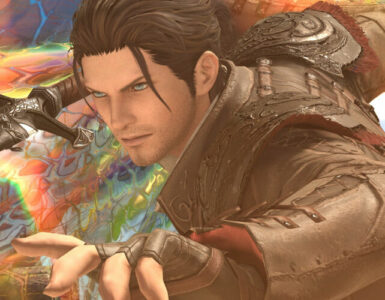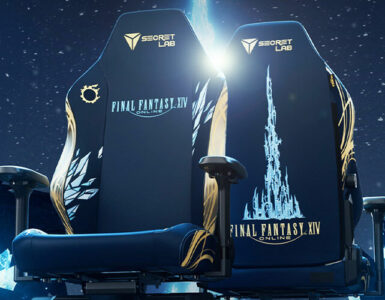Note: Contents shown on the screen are from a special version made for media to experience, and contents may differ from the final version. This interview has also been edited for clarity.
With a long-running legacy of 35 years, the Final Fantasy franchise has established plenty of mainstay elements in JRPG (Japanese role-playing games) over the years, where command turn-based battles, Summons, and party-switching mechanics have all become core pillars of gameplay, bleeding from one mainline title into another.

Final Fantasy XVI (FFXVI) represents a major departure from said tradition though, and in more ways than one. Not only is the upcoming JRPG title the first to get a Mature rating in the main franchise, it will also likely irk longtime fans with its debut of action genre gameplay, featuring a playstyle that leans more towards Devil May Cry than the conventional Final Fantasy formula.
Gone, too, is the four-member team system. Unlike its predecessors, the game puts a constant focus on protagonist Clive Rosfield, who will be joined by AI companions in battle. Here’s the kicker: Rosfield, along with some of the major characters, are fully human, but as hosts to Eikons (FFXVI’s equivalent of the Summons), they are able to call upon mythical beings and literally become them – in every sense of the word.
It’s an ability reserved for Dominants, individuals like Clive who are born with an Eikon inside of themselves. What this means is players-as-Clive will get to fight as Ifrit (a recurring Fire-elemental summon in the series) in all its 20-feet glory, with the first of encounters popping up around five hours into the story. There, a showdown between Ifrit and the goddess Garuda awaits, both creatures sporting more human-like qualities than their classic counterparts.

“Before in other Final Fantasy games, it’s a Summoner summoning a different being; this time, the Dominants are the Summons, they are the Eikons, so in that sense, they will feel a little like the person controlling them,” shared game producer Naoki Yoshida in an interview session that Geek Culture attended.
“For example with Ifrit, we wanted it to feel like you’re controlling something that feels good to control, that has that speed and weight, which I think makes it closer to a regular human.”
Considering its frequent appearance across the franchise, its addition to the roster is nothing short of expected. The nostalgia and recognition factor, however, only forms part of the formula, as the other half stems from the industry veteran’s soft spot for the Fire-elemental Summon, which he feels sorry for.
Taking a trip down the memory lane, the man otherwise known as Yoshi-P highlighted the creature’s plight in the earlier games, from the early days of the first Final Fantasy to the eighth and ninth entries.
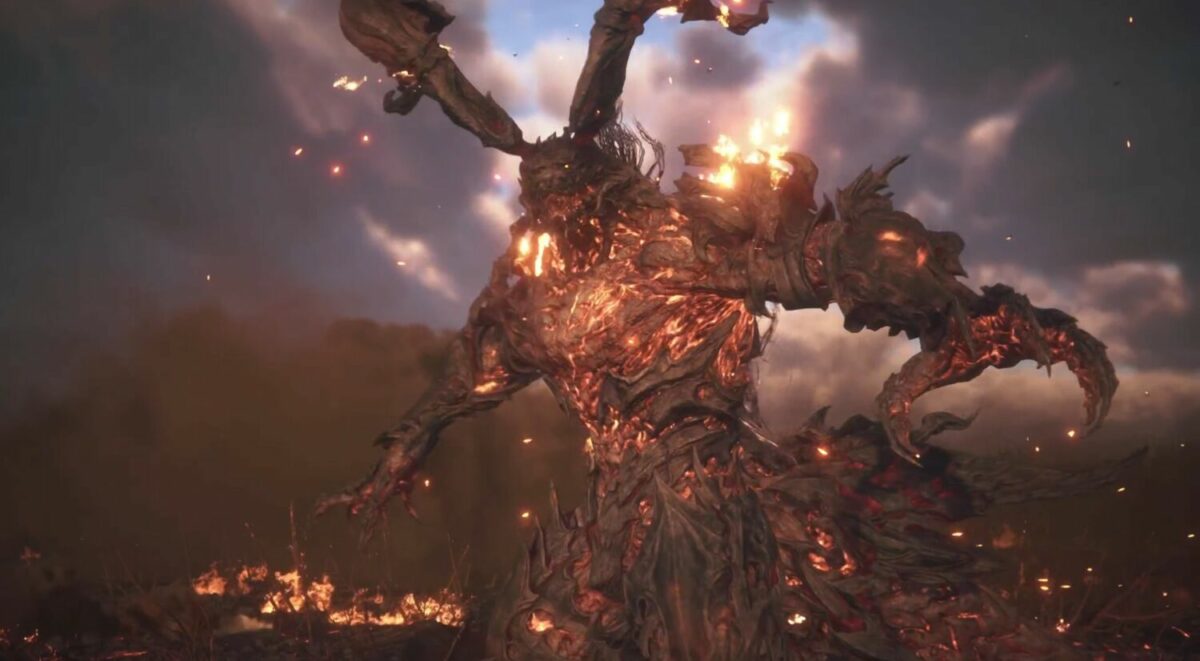
“Ifrit always comes first – he always gets to be the first, and you use him first. But then, you learn better Summons and you never use Ifrit again; he’s kind of left out.”
“I felt very sorry for him, so this time with FFXVI, we wanted him to have the chance to shine and be the strongest, coolest-looking Summon out there,” added the 50-year-old, before citing FFVIII as the prime example of Ifrit’s fall from being a towering, mighty figure.
“The worst has got to be FFVIII, where he got beaten by some students in their graduation test and has to become their servant – that’s just too bad for him.”
A short pause, then a witty quip that garnered hearty laughter: “It’s time for [Ifrit’s] revenge!”
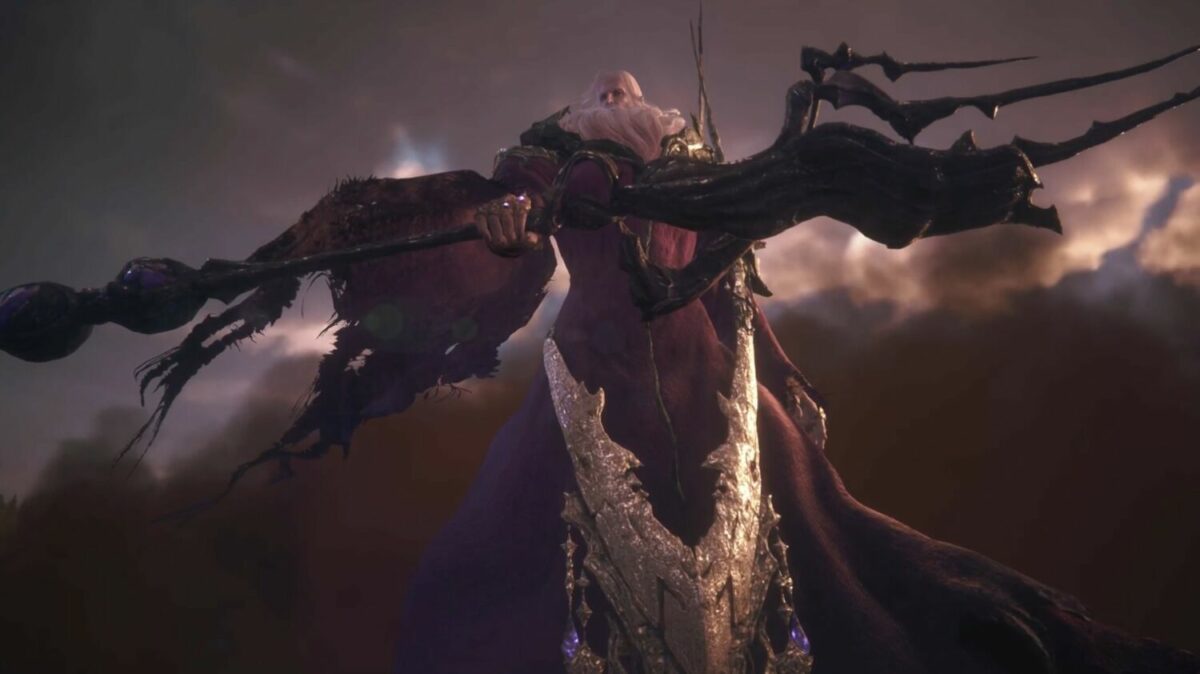
The widely-recognised icon is joined by other familiar forces from various titles in the franchise, including Phoenix, Shiva, Ramuh, Titan, Bahamut, and Odin. Similarly, these Summons are picked for their celebrity status; for instance, Bahamut will be known by those who’ve played FFVII, while Odin’s unique ability Zantetsuken, which slices up all enemies, remains an unforgettable memory for fans. What the team at Square Enix has done, then, is to take their models and make them full-scale to bring “that extra element of surprise and excitement”.
The result is an experience that varies on a case-by-case basis. Depending on the narrative progress, the situation, and who players are fighting, the feel of each Eikon-versus-Eikon showdown will feel different from another.
“Because each Eikon is unique, instead of reusing the same type of battles, we’ve created these battles from the ground-up,” Yoshida shared.
“Each of them are unique to that Eikon that Ifrit would be fighting, so everyone will feel different – and feel like they fit that [particular] Eikon.”

Delving into the encounter between Ifrit and Garuda, he explained that the team took reference from a professional wrestling match. The former is, as such, deliberately designed to lumber along the battlefield, with a lot of weight behind its movement and attacks. Replace Garuda with, say, Phoenix, and it’ll be another battle design at work, because the differences between the pair’s size and nature – one is built for land, while the other can fly – would make for an unfair match-up.
Appearing in the heat of battle, both in human and Eikon form, are commands that require players to press the corresponding buttons before time runs out. Such moments are reminiscent of quick time events (QTEs), albeit with some slight differences, and the decision may come across as a little bizarre, especially for a title looking to walk out of the shadow of its past. QTEs are, after all, largely considered as a thing of the past, with much of the criticism rooted in the way their mechanics inadvertently break immersion.
Their return to the novelty-embracing FFXVI may thus feel out of place, but Yoshida offers a reason for the decision. Elevating the cinematic factor of cutscenes plays partially into the rationale, but the bulk of it boils down to increasing accessibility. Particularly for long-time fans of the franchise, the transition to full-time action means there’ll be a lot more combo-chaining and hectic on-screen activity than they are used to.

So having QTEs, the producer explained, slows down the battle and gives players a little more time to breathe and react.
“Having QTE in there makes it so that the battle can be more accessible to all players and have this good balance of action. It’s like a roller coaster. You have your ups, then you have your downs, and you have that good balance, and I think that QTE can bring that in some instances,” he explains.
Citing the Ifrit-versus-Garuda battle as an example, the industry veteran goes on to reiterate the importance of easing players into an unfamiliar battle system.
“To have something so difficult that players are going to be stuck and not go through it goes against our game design system, which is that non-action players can experience the story without getting frustrated.”
The team’s pursuit of accessibility doesn’t mean that action-genre enthusiasts and veterans won’t get their brand of fun. As the game progresses, the encounters will become more difficult with fewer QTE sequences, and certain pieces of equipment, which allow for automatic dodging and counterattacks through QTE triggers, can be manually unequipped if desired.

Completing the first playthrough of FFXVI will also unlock more challenging modes and features, such as the lack of ability to level up or the absence of powerful weapons. The more ambitious old-timers, meanwhile, have room to set up complex combos on the battlefield. Clive’s animal companion, Torgal, for instance, can be commanded to execute “Ravage”, which lifts the enemy into the air, allowing Clive to continue his aerial combos even as he slowly drops due to gravity’s pull. Such mechanics aren’t mandatory, but the option to do so puts the game in a good place for both genre newcomers and veterans.
With such changes, the producer is well-aware that these departures from the usual Final Fantasy formula might not sit well with some long-time fans. Yet, it’s a new path the game will take, noting that there’s nothing the team can do about the situation, as they march on unhesitatingly into new territory.
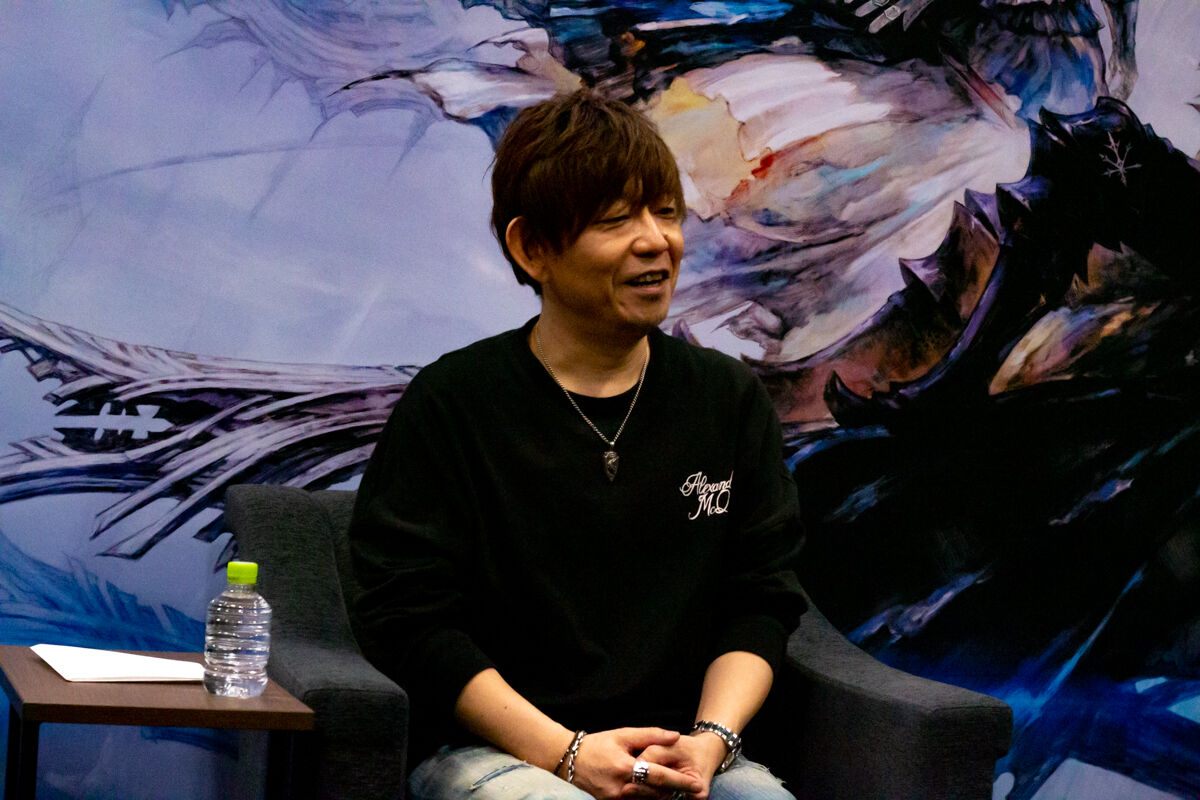
“For me, I wanted to basically show the world, as well as the future generations of developers, that we’re creating a Final Fantasy series, yes, but we can also do full-time action,” expressed Yoshida. “Planting that seed of possibility that it can be done into the minds of future developers is very important for us.”
Final Fantasy XVI launches on the PlayStation 5 on 22 June 2023.



